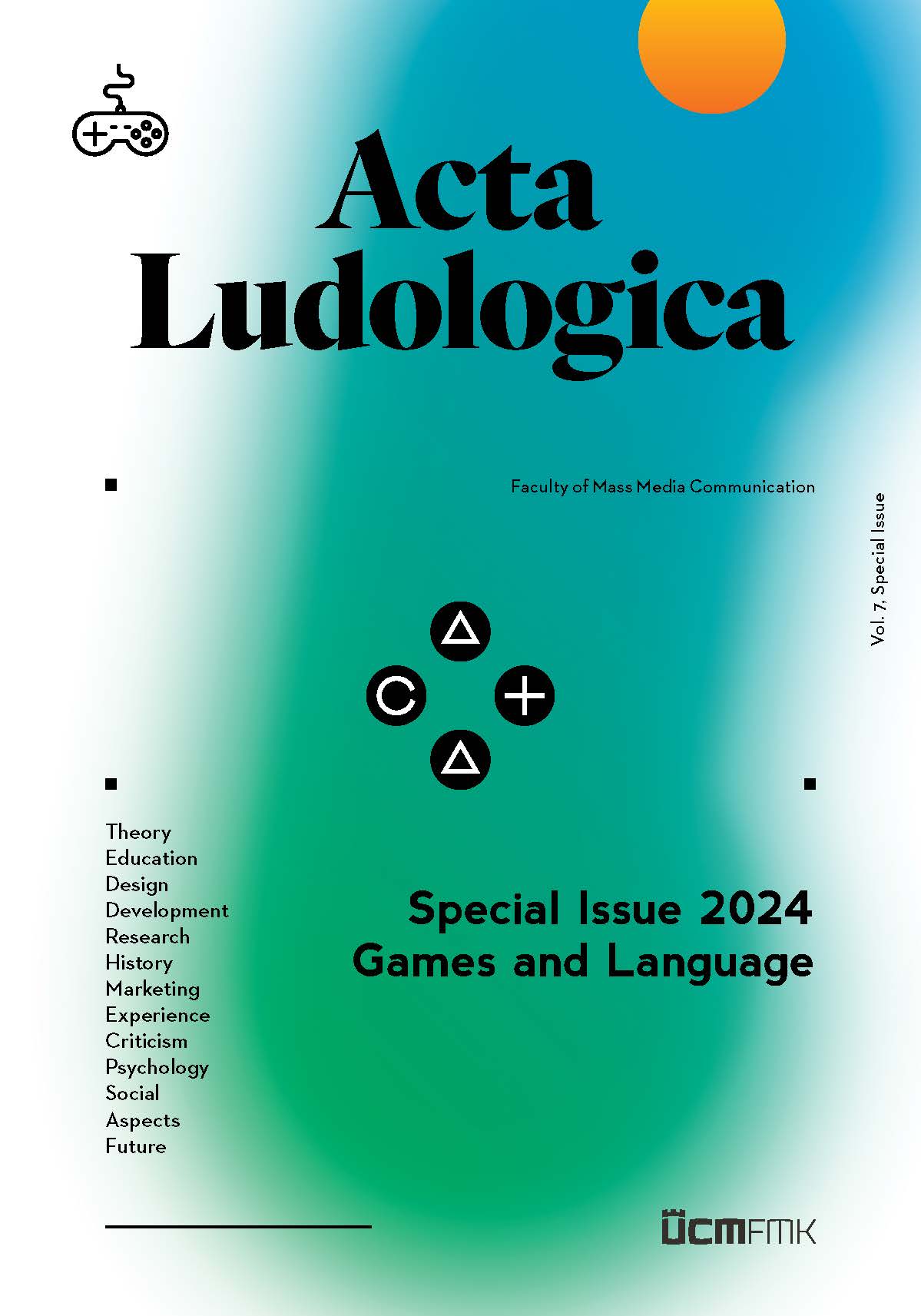ABSTRACT: Most young people living in the world of today do not express much interest in history and historical landmarks. It is therefore quite surprising that specific digital games portraying various historical periods or their alternative, partly fictitious versions might at least raise their players’ awareness of real historical facts and sites. Some of these games have been able to achieve global popularity. The author uses the digital game series Assassin’s Creed (2007 – present day) as an example of a digital gaming environment which features historical fiction merged with real historical events and figures. The aim of the study is to better understand the ways Assassin’s Creed portrays historical landmarks all over the world and bring them closer to the players. The basic assumption is that at least some of the players, here seen as potential “gamers-tourists”, may be interested in finding out more about the depicted historical sites and their true counterparts. Given the aforementioned assumption, our ambition is to discuss the digital game series Assassin’s Creed and its tendency to offer visually attractive virtual re-creations of real historical sites, reflecting on the series’ presumed ability to depict historical landmarks, figures and events in mostly fictitious, but still interesting and eye-catching ways.
KEY WORDS: Assassin’s Creed series, gamer-tourist, gaming environments, historical accuracy of digital games, historical landmarks, hyper-realistic game renditions.
View full article
